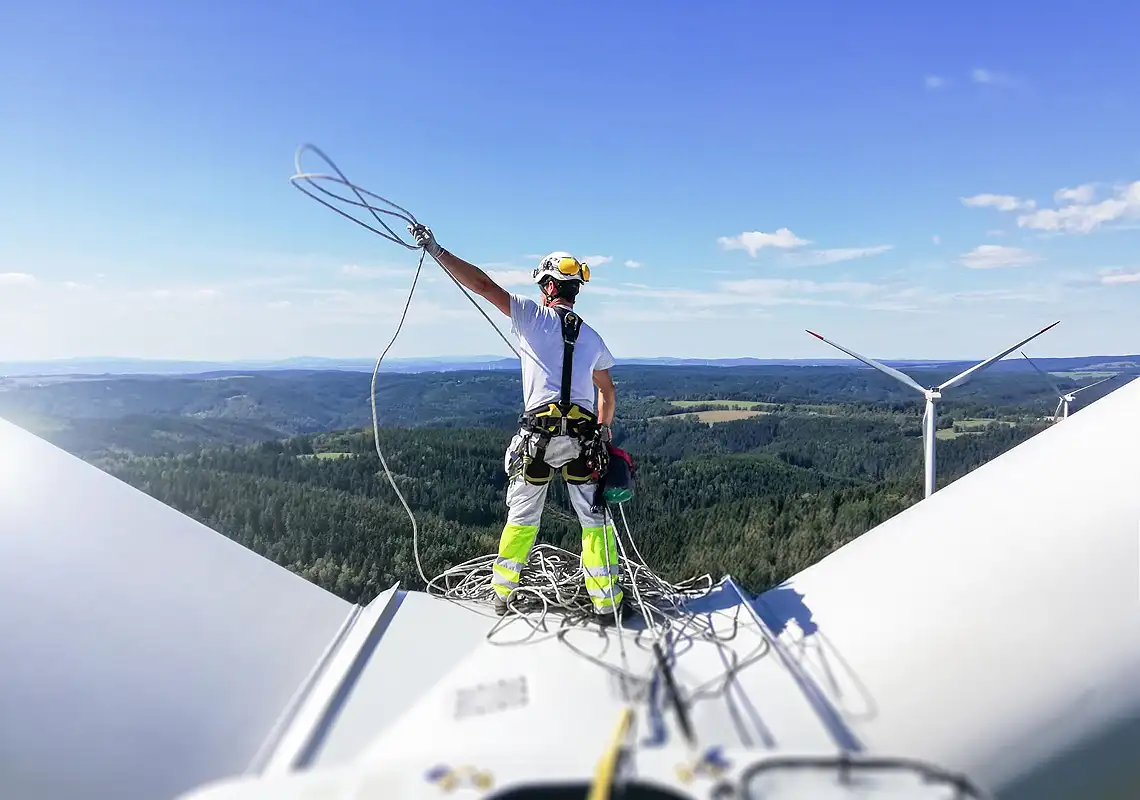In recent years, the US renewable energy sector has emerged as a significant magnet for Foreign Direct Investment (FDI). As the global community intensifies efforts to combat climate change and reduce carbon emissions, investors are increasingly looking toward renewable energy opportunities in the US. With favorable government policies, advancing technology, and a growing commitment to sustainability, the future of FDI in this sector looks promising.
Past Challenges
While the US is now a major player in renewable energy, the road to attracting FDI hasn’t been entirely smooth. In the past, regulatory inconsistencies at the federal and state levels posed significant challenges. Investors often found it difficult to navigate the complex web of permits, tax incentives, and environmental regulations that varied from one jurisdiction to another.
Additionally, fluctuating energy prices and political uncertainty surrounding renewable energy policies created hesitancy among foreign investors. For instance, changes in tax credits for solar and wind projects led to temporary slowdowns in investment flows during certain periods.
Despite these issues, the renewable energy sector has shown remarkable resilience, and lessons from past obstacles have paved the way for improved regulatory frameworks and greater investor confidence.

Current Trends in FDI for US Renewable Energy
1. Policy Support and Incentives
Government support has been a game-changer for the US renewable energy sector. Key initiatives such as the Inflation Reduction Act (IRA), passed in 2022, provide long-term incentives for clean energy projects, including production tax credits (PTCs) and investment tax credits (ITCs). This policy certainty is crucial for attracting FDI, as it reduces risks for investors.
In addition to federal incentives, many states have introduced their own renewable energy targets and incentives, further driving investment. For example, California and New York have ambitious clean energy mandates, making them prime destinations for foreign investors.
2. Technological Advancements
The rapid advancement in renewable energy technologies has made investments more attractive. Innovations in solar panel efficiency, battery storage, and wind turbine design have significantly reduced costs while increasing output. These technological improvements enhance the return on investment for foreign stakeholders.
A notable trend is the increasing deployment of offshore wind farms. States like Massachusetts and Virginia are leading the charge in offshore wind development, offering lucrative opportunities for international energy companies.
3. Sustainability Commitments by Corporations
Another driving factor for FDI is the rising demand for clean energy from large corporations. Companies such as Google, Amazon, and Microsoft have committed to sourcing 100% of their energy from renewable sources, creating a robust market for renewable energy providers. Foreign investors see this corporate demand as a stable revenue stream.

Future Opportunities for Foreign Investors
1. Expansion of Renewable Infrastructure
With the increasing emphasis on sustainability, there is a growing need for expanded renewable energy infrastructure. This includes not only the construction of wind and solar farms but also grid modernization and energy storage systems. Foreign investors can play a pivotal role in financing and developing these projects.
2. Cross-Border Partnerships
As FDI flows into the US, cross-border partnerships between domestic and foreign firms are becoming more common. These partnerships facilitate knowledge transfer, risk sharing, and access to new markets. For instance, European renewable energy companies have brought valuable expertise in offshore wind development, accelerating the growth of this subsector in the US.
3. Emerging Markets within the US
While states like California, Texas, and New York have traditionally dominated renewable energy investment, emerging markets in the Midwest and Southeast are now gaining traction. States such as Ohio, Kentucky, and Georgia are introducing policies to attract FDI in clean energy. These regions offer lower operational costs and ample land for large-scale renewable projects.
Recent FDI Renewable Energy Projects
| State | Primary Renewable Energy Source | Recent FDI Projects |
|---|---|---|
| California | Solar, Wind | Solar farm investments from European firms |
| Texas | Wind, Solar | Offshore wind partnerships with global firms |
| New York | Offshore Wind, Solar | Asian investment in offshore wind farms |
| Massachusetts | Offshore Wind | Collaboration with European wind developers |
| Virginia | Offshore Wind | Joint ventures in wind energy |
| Ohio | Solar, Wind | New solar projects funded by Asian investors |
Data-Driven Growth
According to a report by the International Energy Agency (IEA), FDI in US renewable energy is projected to grow by 15% annually over the next decade. The report highlights that offshore wind and battery storage will be the fastest-growing segments, with cumulative investments reaching $500 billion by 2035.
Furthermore, the US Department of Energy (DOE) estimates that the renewable energy sector will account for 50% of total US power generation by 2040, up from the current 20%. These projections underscore the vast potential for foreign investors seeking long-term, stable returns.



















